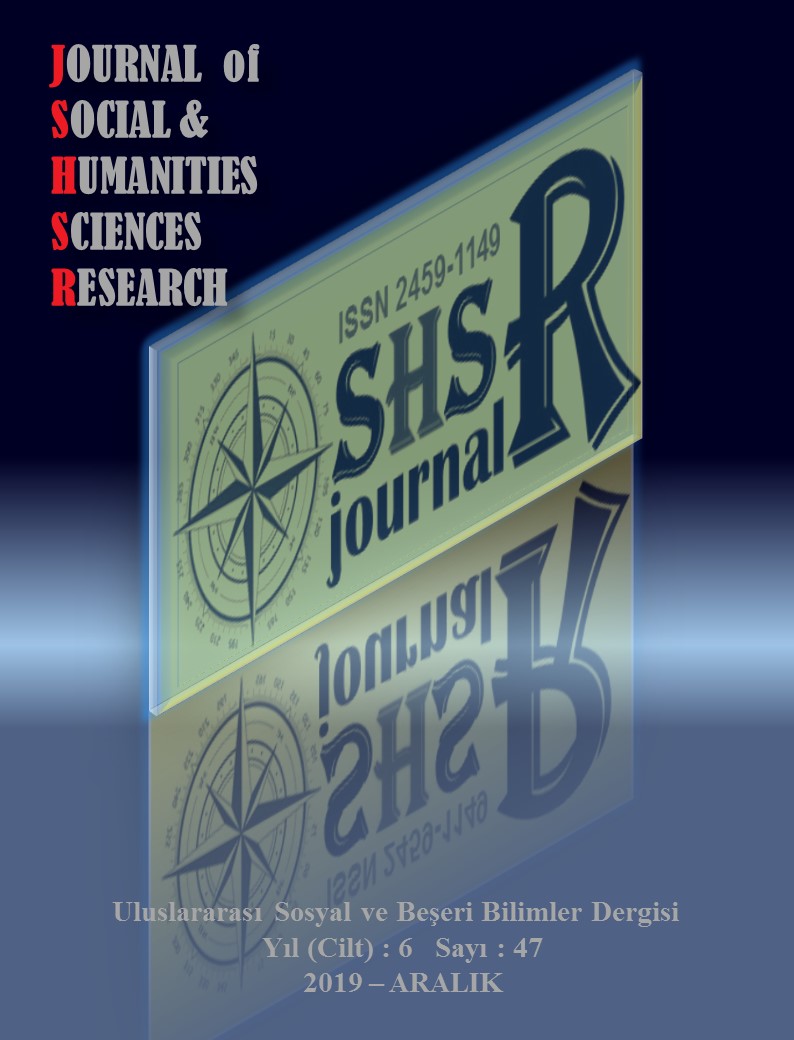BORROWING AND INTERST RATES IN TURKEY IN THE EARLY REPUBLICIAN PERIOD
DOI:
https://doi.org/10.26450/jshsr.1658Keywords:
External Debt Debt, Capitulations, Balance of Payments, TurkeyAbstract
Turkey has been a country with a debt problem for quite some time. The history of this stalemate began in 1854 when the
Ottoman State received its first known foreign debt and continued to the present day. Ottoman Empire began to borrow towards
the period of collapse, this situation brought financial bankruptcy in a very close process and as a result, it was dragged into
financial bankruptcy by suffering and paying heavy costs. The newly formed Turkey inherited a legacy of bitter financial
experience and heavy debt from the Ottomans. However, this past was not helpful and the Republic of Turkey experienced
severe debt crises in certain periods. There are interesting similarities in shape and method between the borrowing of the
Ottoman Empire and the Republic of Turkey. While the foreign borrowings realized in the first years of the Republic were
developed for Project purposes and equivalent budget purposes, the borrowings were made to cover the budget deficits in the
following periods. This caused the debts inherited in the Ottoman Empire and its heir, the Republic of Turkey, to not be used
in the necessary and efficient areas and control was lost. The Republic of Turkey has gone to high levels of foreign and domestic
borrowing, especially after the 1950s. Borrowing situations have pushed the economy into major bottlenecks over time. Has
gone to high levels of foreign and domestic borrowing, especially after the 1950s. Borrowing situations have pushed the
economy into major bottlenecks over time.
Downloads
Published
How to Cite
Issue
Section
License
Copyright (c) 2019 INTERNATIONAL JOURNAL OF SOCIAL HUMANITIES SCIENCES RESEARCH

This work is licensed under a Creative Commons Attribution 4.0 International License.


